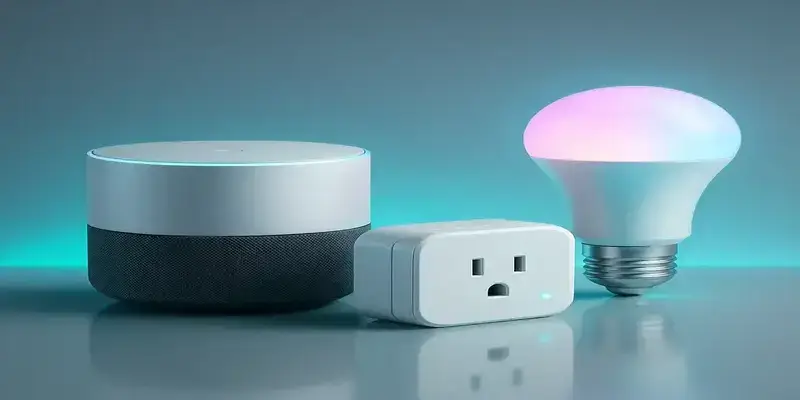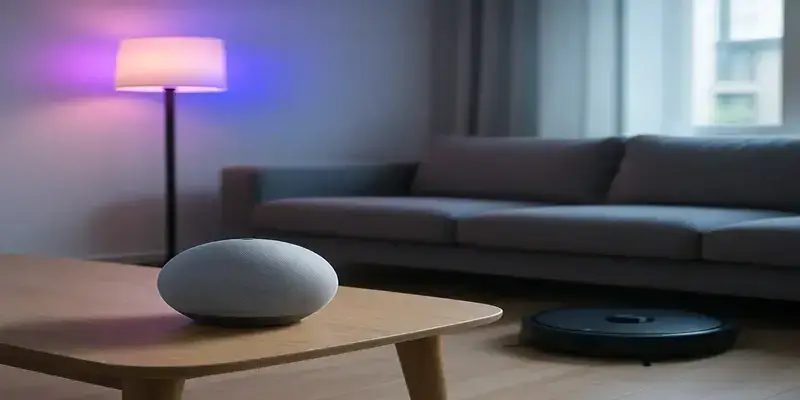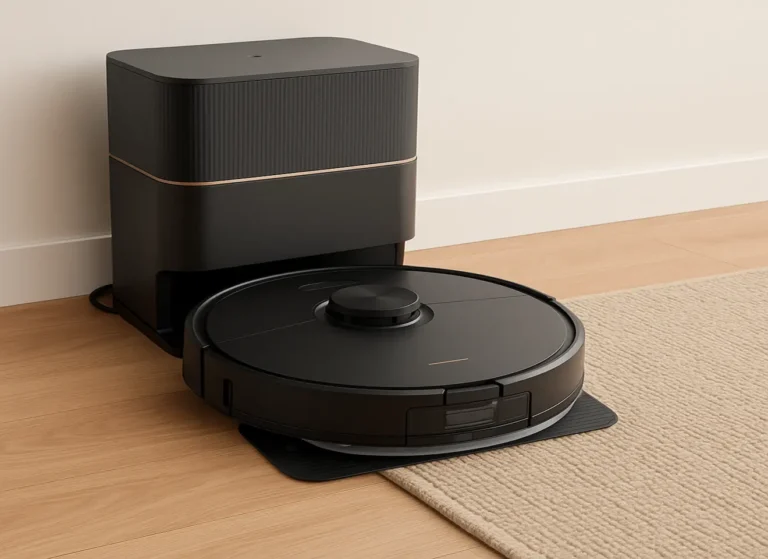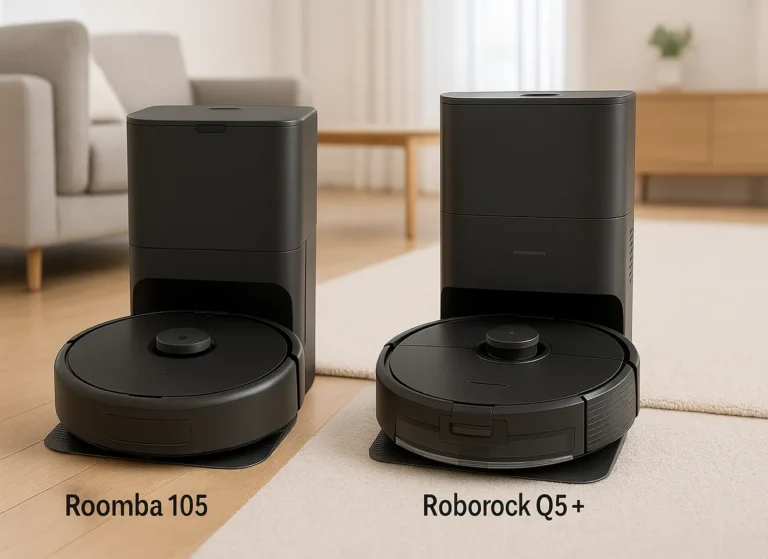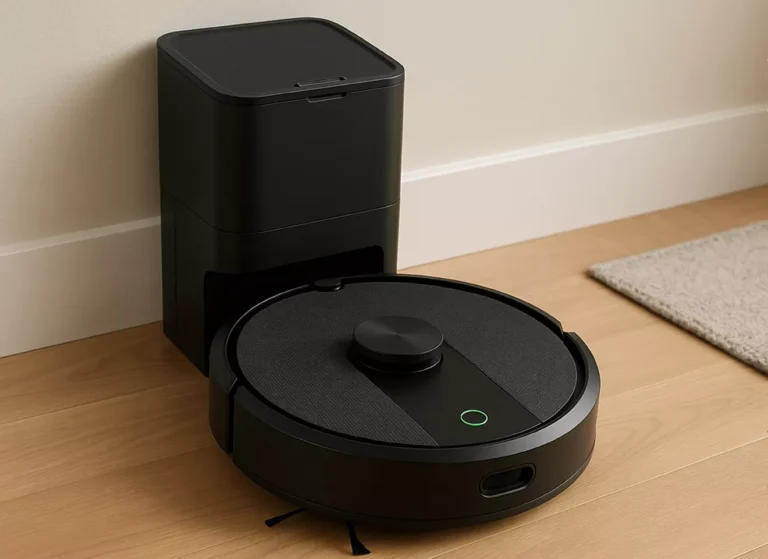THE DEFINITIVE GUIDE TO A SMART HOME FOR RENTERS
Yes, you can build a powerful smart home in a rental—no drilling, no drama, no lost deposit. Start with a smart speaker, a few smart plugs, and 2–4 bulbs. Add peel-and-stick sensors, a battery doorbell, and (if allowed) a retrofit lock and thermostat. Pick one ecosystem, name devices clearly, build two routines, and you’re already living in the future.
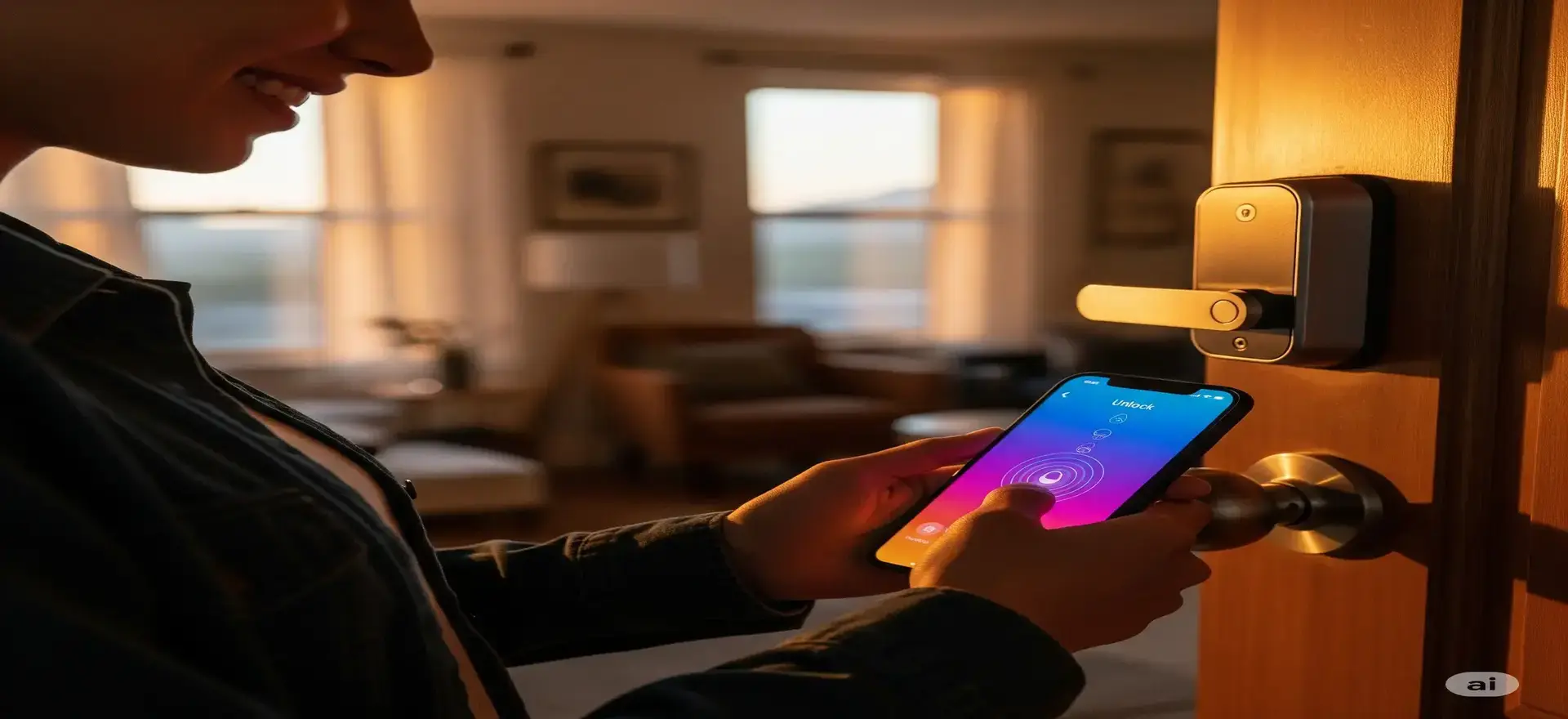
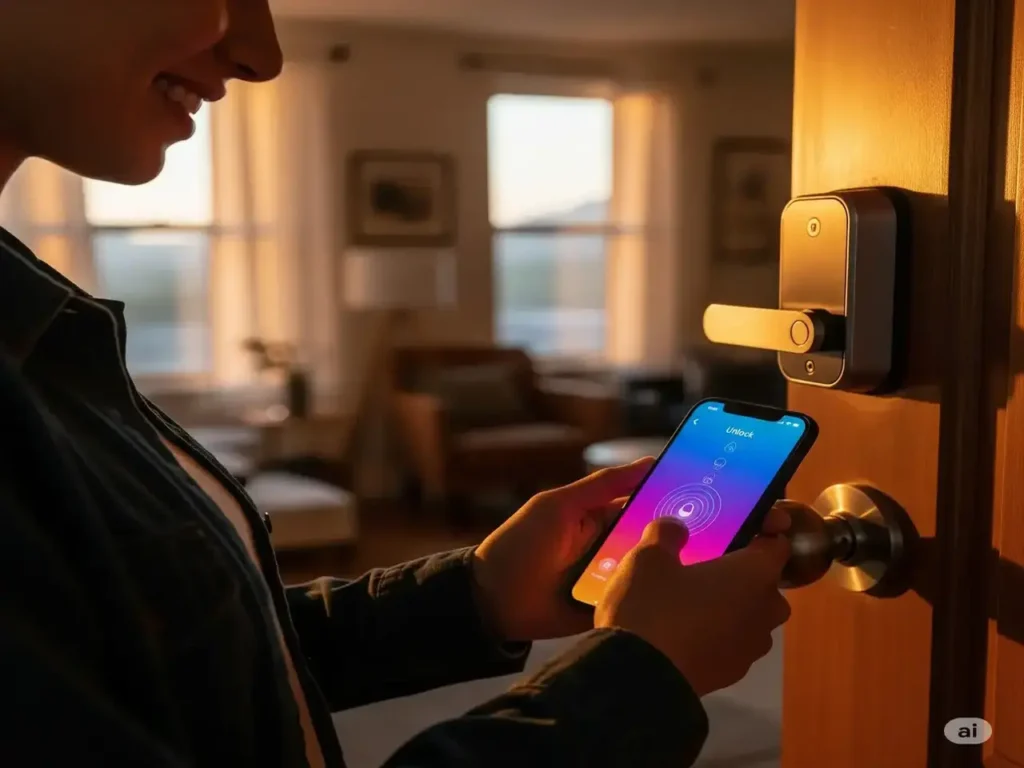
Renting Doesn’t Mean Settling: Why This Matters
A smart home is not a luxury for owners—it’s a toolkit for real life. You get better security, lower energy costs, and fewer daily chores. The best part: modern gear is wireless, adhesive, and plug-and-play. That means you can install it fast, remove it cleanly, and take everything with you when you move.
This guide is organized so you can skim by goal (security, lighting, energy) or build step-by-step. Throughout, you’ll find internal links to detailed walkthroughs and setup guides that keep things renter-friendly.
The Renter’s Golden Rules
Read Your Lease First
Scan clauses like alterations, fixtures, wiring, and drilling. These typically restrict permanent changes, holes, or rewiring. Most devices in this guide are non-permanent and reversible.
When to Ask for Permission
If a device needs a screwdriver or temporarily replaces a plate (e.g., an interior thumb-turn or a wall thermostat), send a short, friendly email. Explain the device is non-permanent, you’ll keep the original hardware, and you’ll restore everything before move-out.
Leave-No-Trace Philosophy
Keep original parts in labeled bags. Take photos of wiring before you touch anything. When moving out, remove your smart devices, reinstall the originals, and factory-reset anything you plan to sell or reuse.
Standards & Compatibility Made Simple
Matter, Thread, Wi-Fi, Bluetooth
Matter aims to make devices talk to each other across ecosystems with less hassle. Thread is a low-power mesh network many new devices use. Wi-Fi and Bluetooth are still common; Wi-Fi is great for bandwidth-heavy devices (cameras), Bluetooth for quick pairing and local control. If you’re curious about the standard, see the overview from the Connectivity Standards Alliance: Matter.
Choose Your Ecosystem Early (Alexa / Google / Home)
Pick one app as your “brain” first. That decision reduces duplicate purchases and scattered logins. Alexa and Google Home both support routines, voice control, and room groups. Whichever you choose, stick with it for your first wave of devices.
Smart Security Without Drills
Battery Video Doorbells & Indoor Cameras
Battery-powered doorbells mount with adhesive or a no-drill bracket. Aim the camera to cover your door and immediate entryway. Many apps let you define privacy zones to block neighbors’ doors. Indoor cameras can sit on a shelf—no screws needed.
Peel-and-Stick Entry & Motion Sensors
Door/window contact sensors and motion sensors usually mount with removable strips. Use them for alerts, but also for automations: “When the front door opens after sunset, turn on the hall lamp.” “When I set Away mode, arm sensors and send notifications.”
Plug-in DIY Alarm Kits
All-in-one alarm kits include a base station (plugs into the wall), keypad, peel-and-stick sensors, and sometimes a plug-in siren. They’re easy to expand and uninstall. A detailed wiring-free walkthrough is covered in our RENTER FRIENDLY ALARM SYSTEM DIY guide.
Keyless Entry Without Replacing the Deadbolt
Retrofit Smart Locks (Interior)
Retrofit models replace only the interior thumb-turn, leaving your exterior hardware and keys intact. Installation is a screwdriver job and completely reversible. You get app control, auto-lock, temporary codes, and activity logs. Step-by-step installation (tools, prep photos, 15-minute sequence) is detailed in SMART LOCK FOR RENTERS (a no-drill guide).
Optional Keypads & Bridges
Keypads make guest access simple without sharing your main code. Bridges add remote control and integrate the lock into your routines (“Lock the door when I say goodnight”).
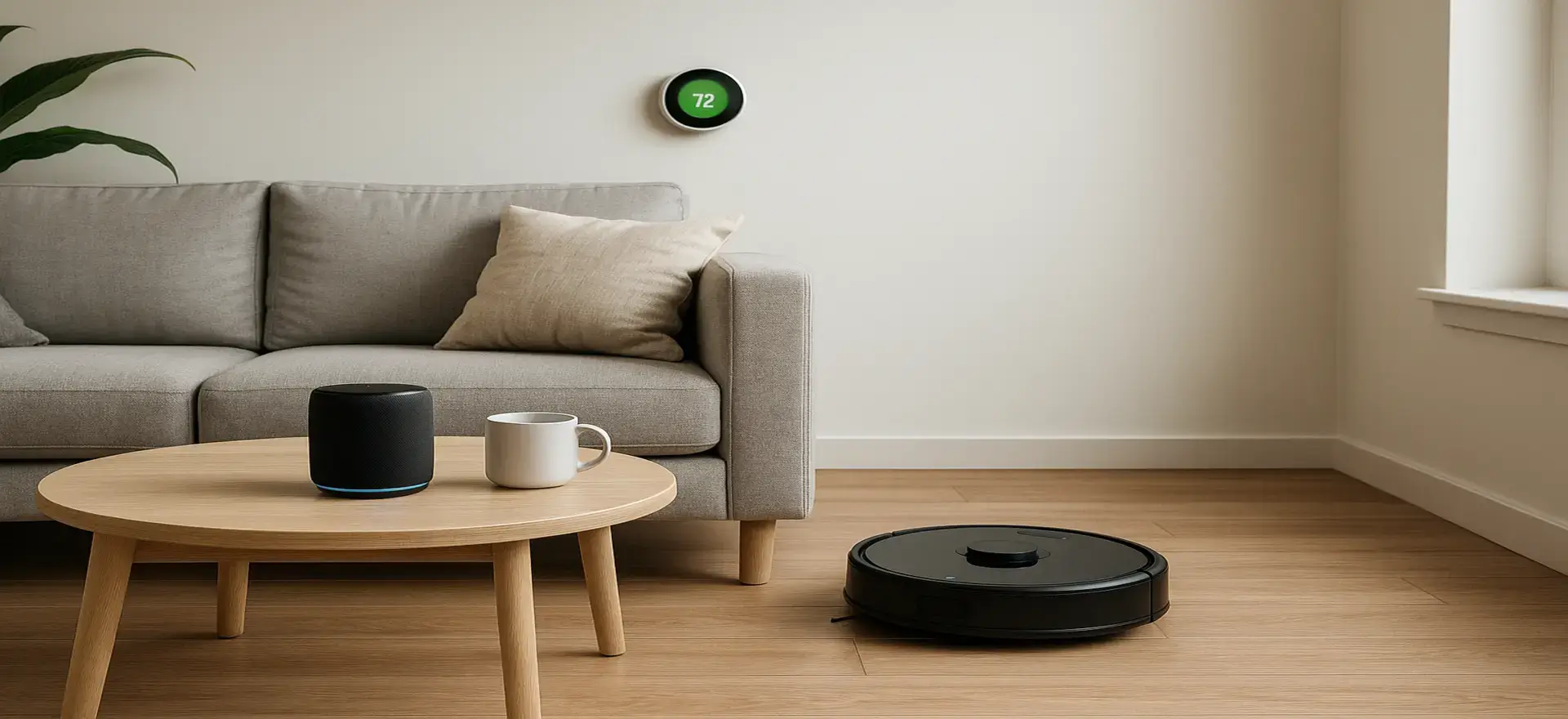
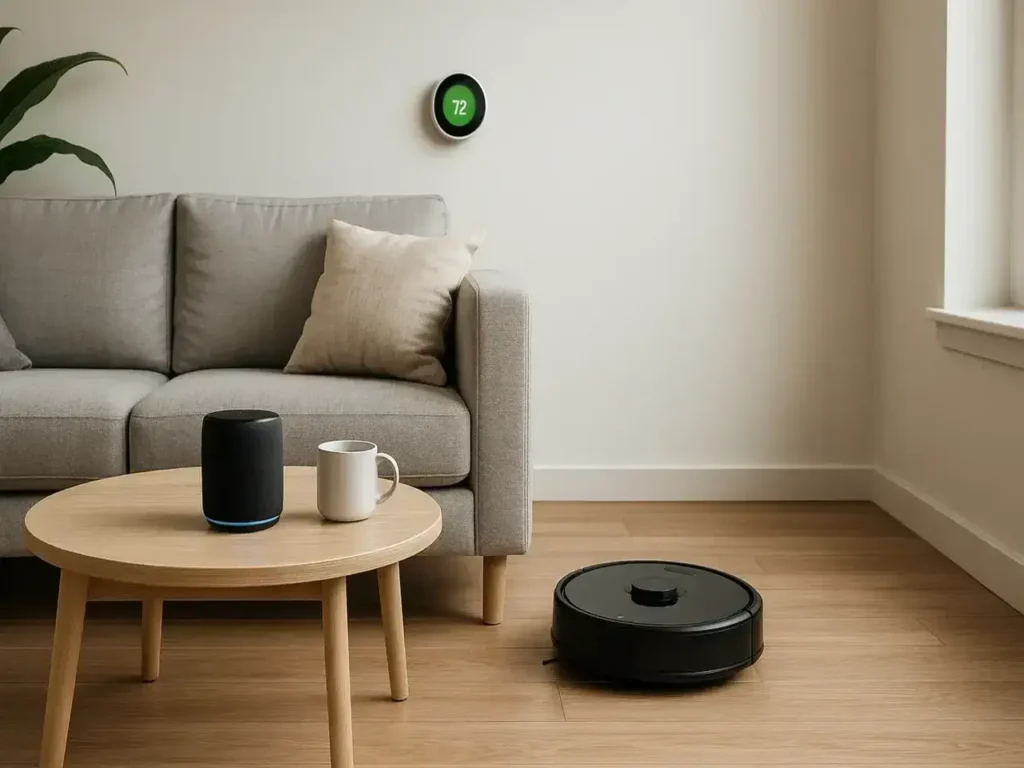
Lighting & Ambience You Can Pack
Smart Bulbs: Color vs. Tunable White
Color bulbs transform mood and fun scenes (movie night, party). Tunable white bulbs shift from cool (focus/work) to warm (evening/relax). Both screw into your existing lamps and fixtures. If a fixture is controlled by a wall switch, leave the switch on and use the app or voice to control the bulb.
Adhesive LED Strips
LED strips add bias lighting behind the TV, task lighting under cabinets, or soft light along a headboard. Measure twice, clean the surface with isopropyl alcohol, and route cables neatly. Most strips support scenes and music-sync; peel them off gently when you move.
Practical Scenes
Create three cornerstone scenes you’ll use daily:
Work Mode: bright, neutral-cool light at the desk; turn off distractions.
Evening Wind-Down: warm, low-brightness lights; optional lo-fi playlist.
Movie Night: TV bias light at ~20–30% brightness; lamp off; curtains closed.
Energy & Savings That Add Up
Smart Plugs
Start with plugs for lamps, fans, dehumidifiers, and the coffee maker. Schedule them, cut phantom draw overnight, and create safety “off” windows. Plugs also give you a gentle way to automate non-smart gear without replacing it.
Thermostats in Rentals (When Allowed)
If your place has a standard wall thermostat and your lease allows it, a smart model can reduce wasted heating/cooling. Before swapping, turn off power and take a wiring photo. Keep the original unit, label wires, and reinstall it before moving out. For energy basics, see ENERGY STAR guidance on smart thermostats: ENERGY STAR – Thermostats.
Measurement & Routines
Use schedules, occupancy detection, and temperature thresholds to let the home fine-tune itself. The small savings compound, especially in extreme seasons.
Voice Control & App Hygiene
One Affordable Speaker as the Brain
A compact smart speaker is enough to run your home via voice. Group devices by room (“Bedroom,” “Kitchen”) and use natural names (“Desk Lamp,” “TV Strip”) so commands feel intuitive.
Naming & Organization
Good hygiene reduces frustration. Delete “ghost” devices after you move. Use consistent names and icons. Review permissions; remove cloud access you don’t need.
Alexa vs Google Assistant: Which Fits Better?
Setup & Device Support
Both onboard devices quickly and work with major brands. Look for labels like “Works with Alexa/Google” and, where relevant, “Matter.”
Routines, Scenes & Everyday Use
You’ll rely on 5–7 routines. Examples:
Morning: lights to cool white, coffee plug on, read calendar.
Goodnight: lock door, lights off, phone charger plug on.
Arrive Home: hallway lamp on if after sunset; thermostat to comfort temp.
Privacy Controls & Household Management
Use voice profiles so the assistant recognizes you. Check privacy dashboards; disable skills you don’t use. For shared households, set household members and guest controls.
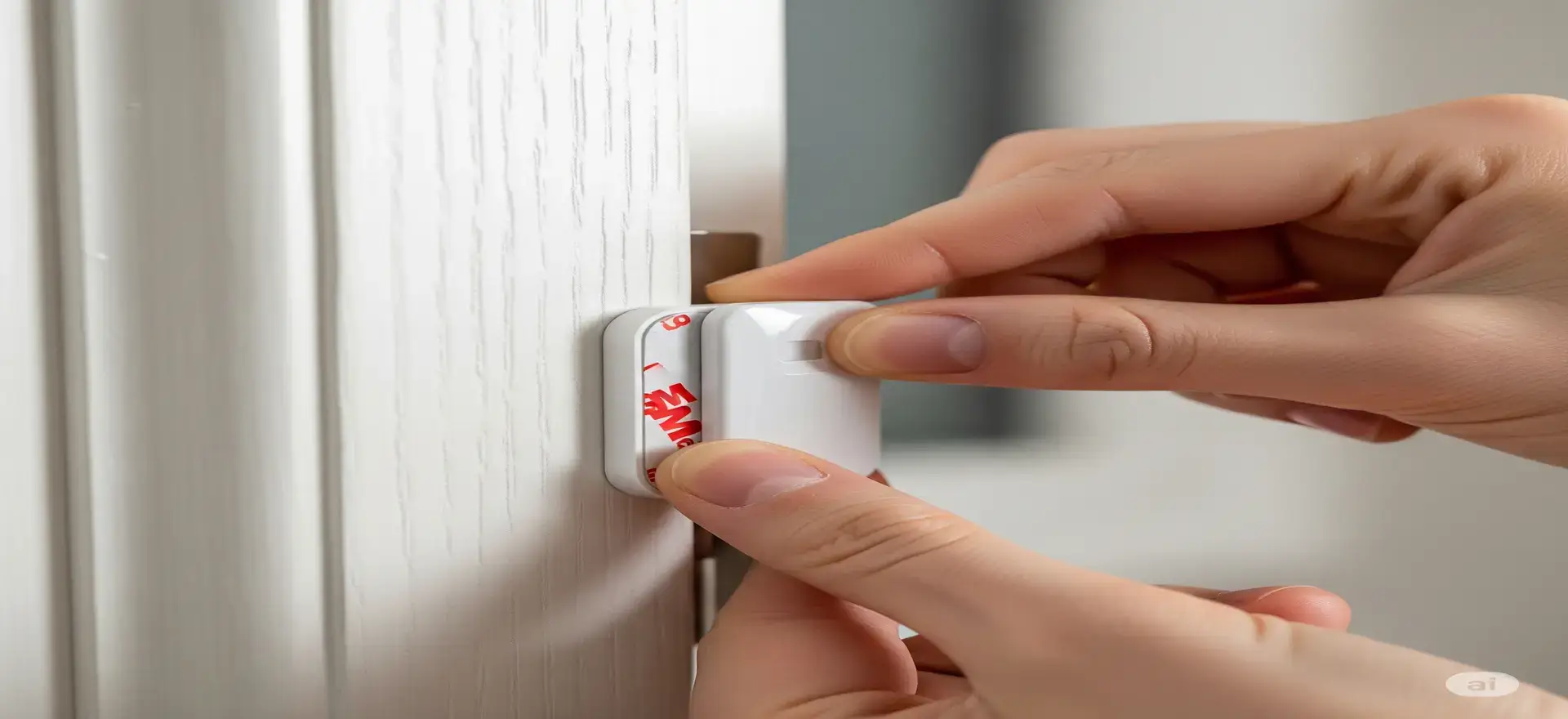
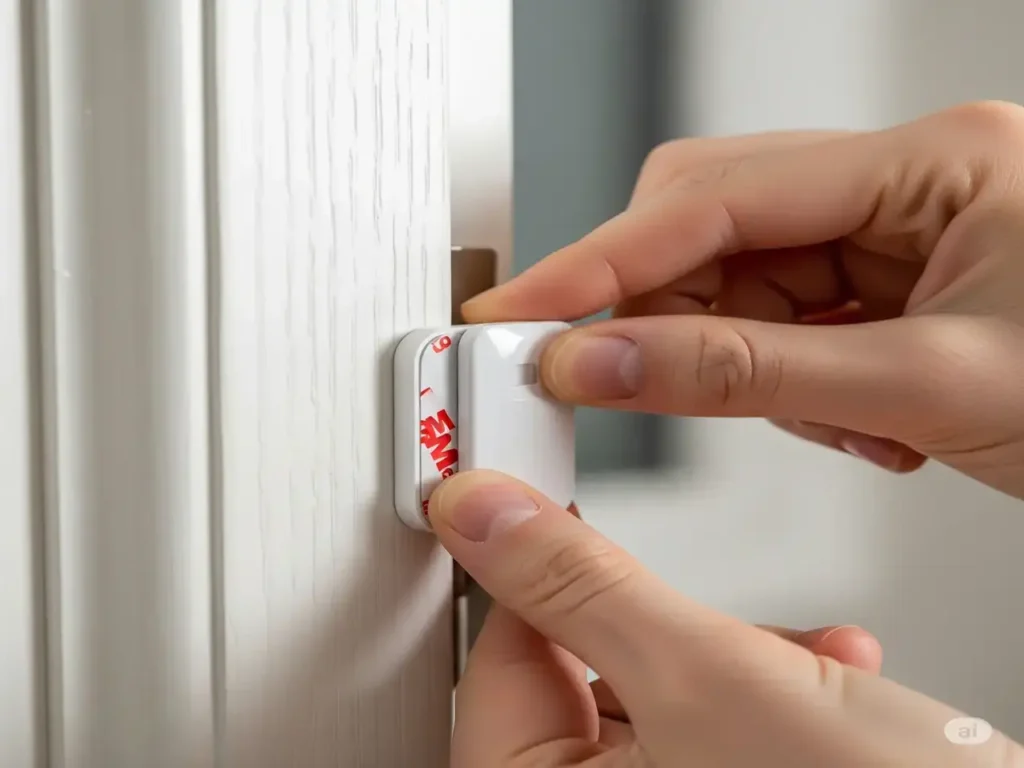
Price & Accessibility in 2025
Starter Budget Expectations
You can build a solid starter for well under the cost of a monthly utility bill in many cities. Bulbs and plugs are the cheapest way to unlock high-impact routines. Doorbells and cameras cost more, but add security and peace of mind. Locks and thermostats are premium upgrades; add them when your lease and budget allow.
Long-Term ROI
Energy-aware schedules, occupancy-based control, and thermostat optimizations pay back over time. If you move, you take the devices with you—so your investment compounds across apartments.
Starter Packs by Budget
Basic ($)
1 smart speaker
2–4 smart plugs
2 tunable-white bulbs
What you get: voice control, timed automations, and comfortable lighting from day one.
Intermediate ($$)
Everything in Basic
1 LED strip
2–4 peel-and-stick entry sensors
1 indoor camera
What you get: contextual lighting, entry alerts, and a quick check-in when you’re away.
Advanced ($$$)
Everything in Intermediate
1 retrofit smart lock (interior)
1 smart thermostat (if allowed)
What you get: streamlined access control and smarter climate management.
Everyday Automations That Actually Help
Morning
At wake-up, lights go to 60% cool white; coffee plug on.
If workday, desk lamp + focus playlist; if weekend, keep lights warm.
Night
“Goodnight”: lock door, lights off, bedroom lamp to 10% warm for 15 minutes.
Phone charger plug on; thermostat to sleep temp.
Leaving / Travel
When you set Away, arm contact sensors, send motion alerts, turn off plugs.
Every evening, run a “presence” scene (one lamp on for an hour after sunset)
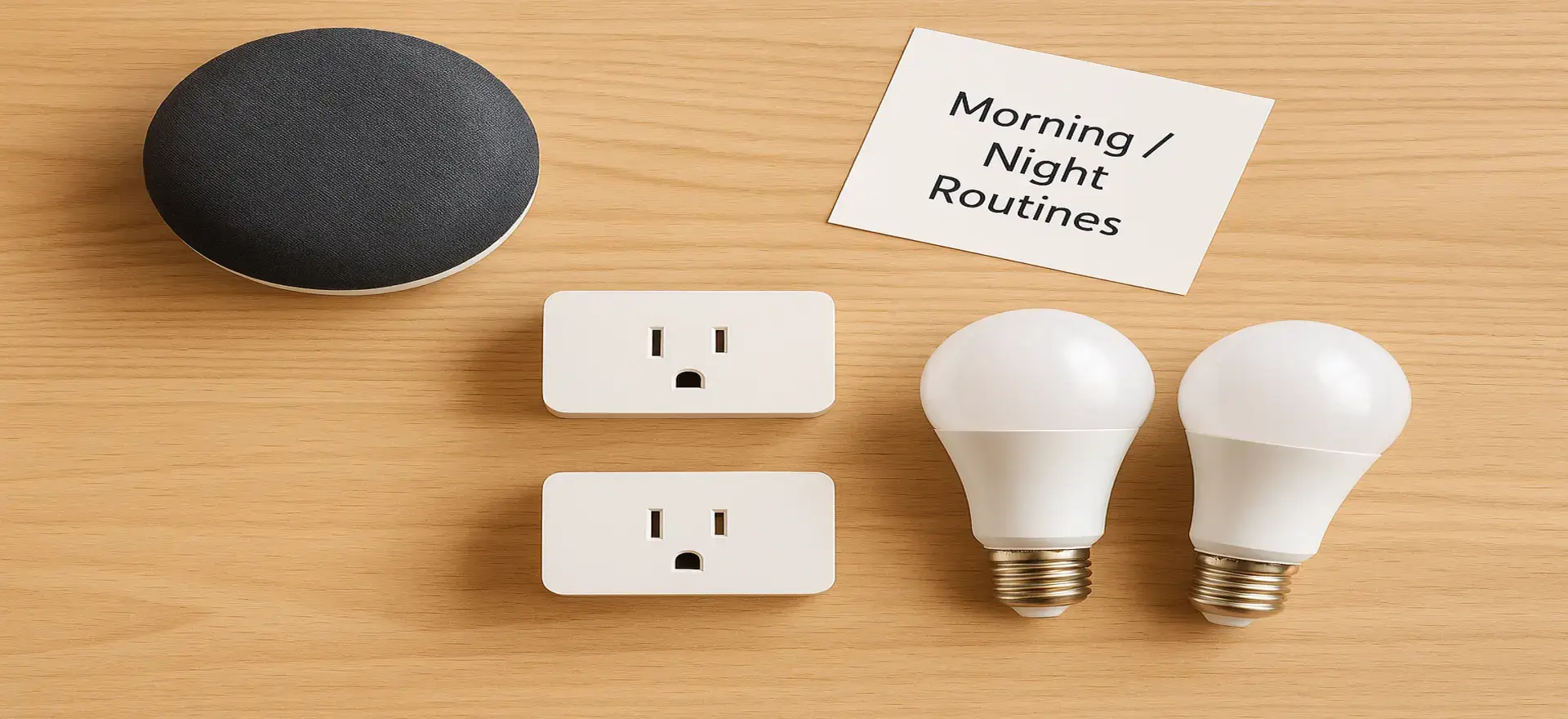
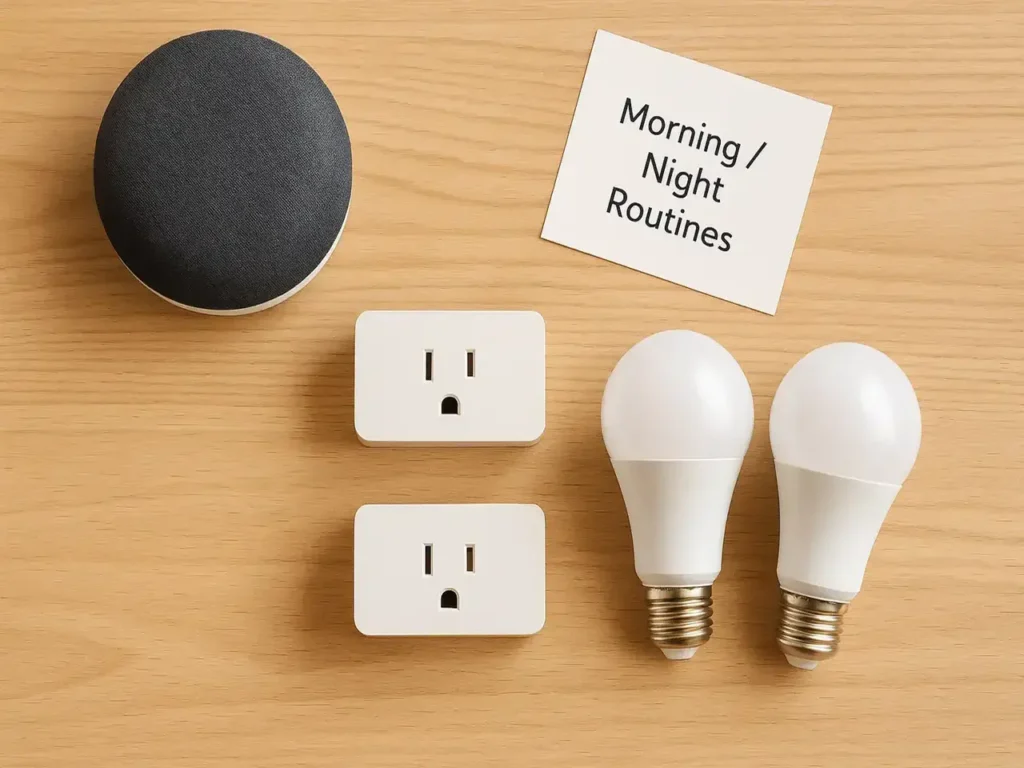
Privacy & Data Safety
Enable two-factor authentication on your accounts. Update firmware monthly. Use a guest network or IoT network if your router supports it. Review camera zones and audio settings. Factory-reset devices before selling or gifting them.
Move-Out Checklist (Take Your Smart Home With You)
Take photos of original wiring and plate screws.
Bag and label all original parts.
Remove adhesive gently; wipe residue with isopropyl alcohol.
Reinstall the original thermostat/thumb-turn.
Factory-reset every device to remove your Wi-Fi and account data.
How We Verify & Update This Guide
We rely on primary sources—official manufacturer documentation, recognized standards guidance, and certification directories. We avoid speculation and update key sections as products evolve. If you spot something that needs correction, reach us at editorial@easysmarthomeguide.com.
Where to Go Next
If you want a curated shopping roadmap, read 10 essential picks for renters in The Only 10 Smart Home Devices for Renters You Really Need (2025 Edition). For deeper setup walkthroughs, explore the Smart Home for Renters hub and the focused guides linked throughout this article.
Final Take: What Actually Matters
This guide is for anyone who wants a smarter home without making a mess—renters, students, and owners who prefer simple upgrades. Start small: pick an ecosystem, name devices clearly, and build two core routines (morning/night). Then add sensors, a camera, and scene lighting. If your lease allows, layer in a retrofit lock and a smart thermostat. Keep firmware updated, use 2FA, and reset devices before you move. That’s it—one careful step at a time, no holes in the wall, and no lost deposit.
FAQ
Can my landlord forbid smart plugs or peel-and-stick sensors?
In most cases, no—these don’t alter wiring or structure. Always check your lease and keep everything reversible.
Will a video doorbell violate my neighbors’ privacy?
Angle the camera to your door and define privacy zones in the app to block nearby doors and hallways.
Do smart devices use a lot of Wi-Fi?
Plugs, bulbs, and sensors use very little. Cameras use the most due to video streaming. A modest plan is fine for typical apartments.
What happens if power or internet goes out?
Power off means devices turn off; they reconnect when power returns. Without internet, you lose remote access, but most bulbs still work from the switch and many automations run locally.
Can I use a smart thermostat in a rental?
Often yes, if your wiring is compatible and your lease allows temporary swaps. Photograph wiring, label wires, and store the original unit for move-out.
What should I buy first at $50 / $150 / $300?
$50: two smart plugs. $150: add a speaker and two bulbs. $300: add LED strip and entry sensors; consider a camera. Upgrade later with a lock or thermostat.
How do I avoid interference and device clutter?
Use consistent names, group by room, delete ghost devices, and prefer one ecosystem to avoid duplicate apps.
Is Matter worth it right now?
Matter simplifies onboarding and cross-brand control, especially for plugs, bulbs, and sensors. Support is growing; check current labels before you buy.
Continue Your Smart Renter Journey
Ready to keep upgrading your space without losing your deposit? These renter-friendly guides will help you level up your smart home life—one easy device at a time.
Related posts:
- HOW TO INSTALL A SMART LOCK FOR RENTERS (A NO-DRILL GUIDE) HOW TO INSTALL A SMART LOCK FOR RENTERS (A NO-DRILL...
- A COMPLETE GUIDE TO SETTING UP YOUR DIY ALARM SYSTEM (AS A RENTER) RENTER FRIENDLY ALARM SYSTEM: YOUR COMPLETE DIY SETUP GUIDE by...
- Everything Renters Need to Know About the Ring Alarm 8-Piece (2nd Gen) Everything Renters Need to Know About the Ring Alarm 8-Piece...
- Forget Everything Else: The Ultimate August Wi-Fi Smart Lock Guide for Renters. by EasySmartHomeGuide Editorial Team — Updated 3 September, 2025 Forget...

